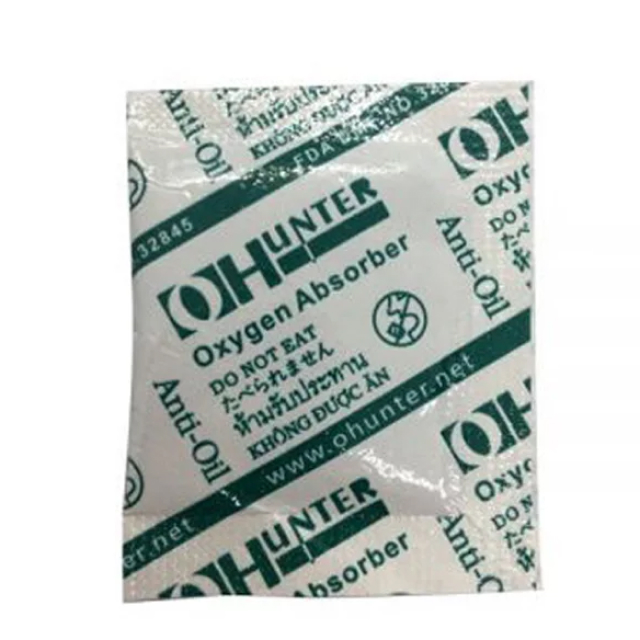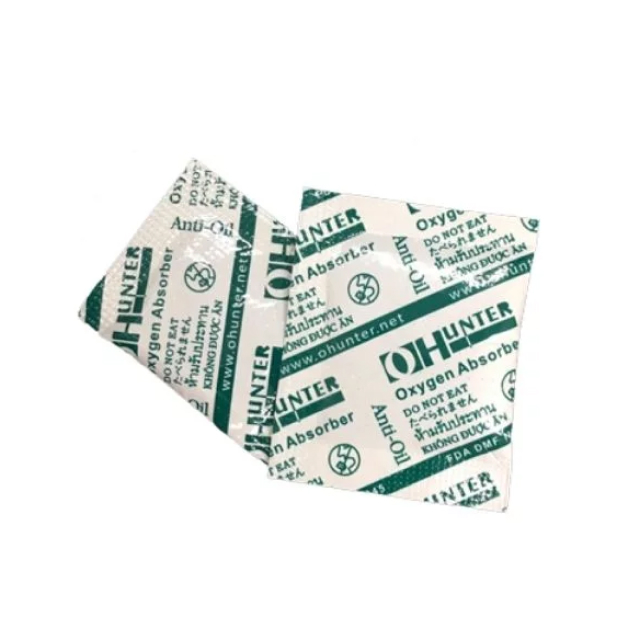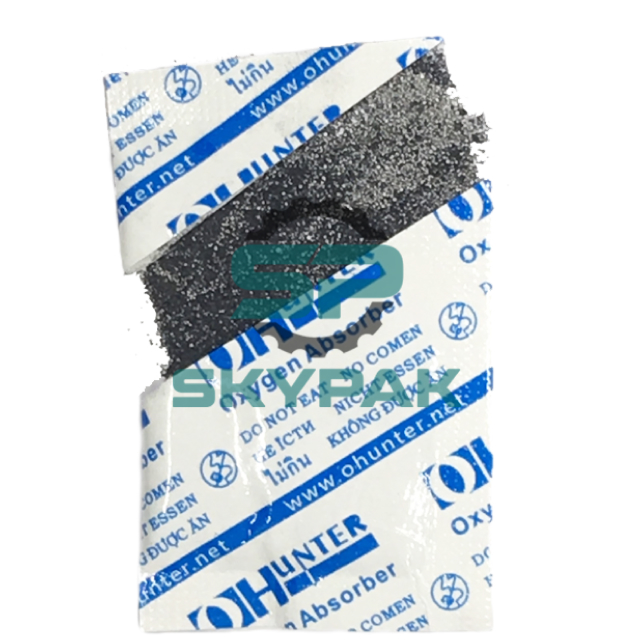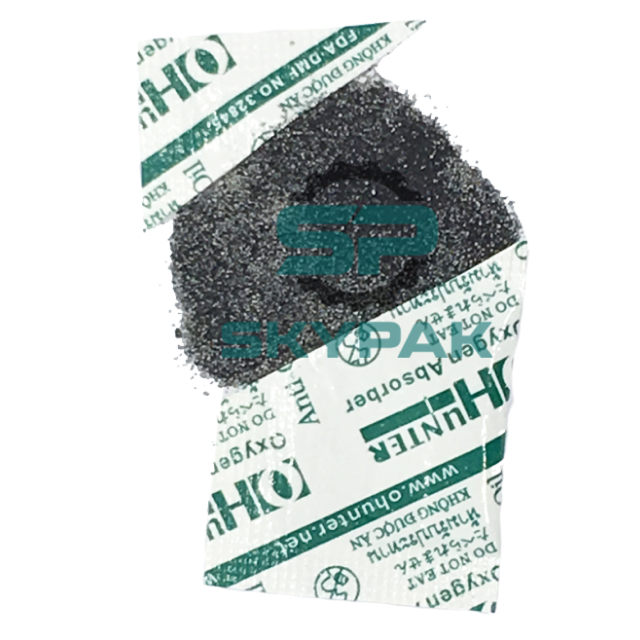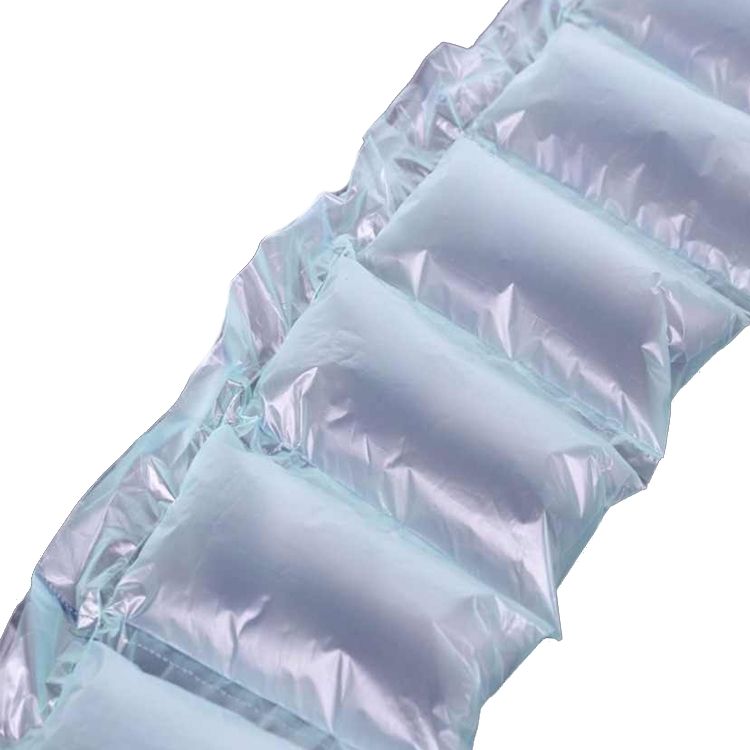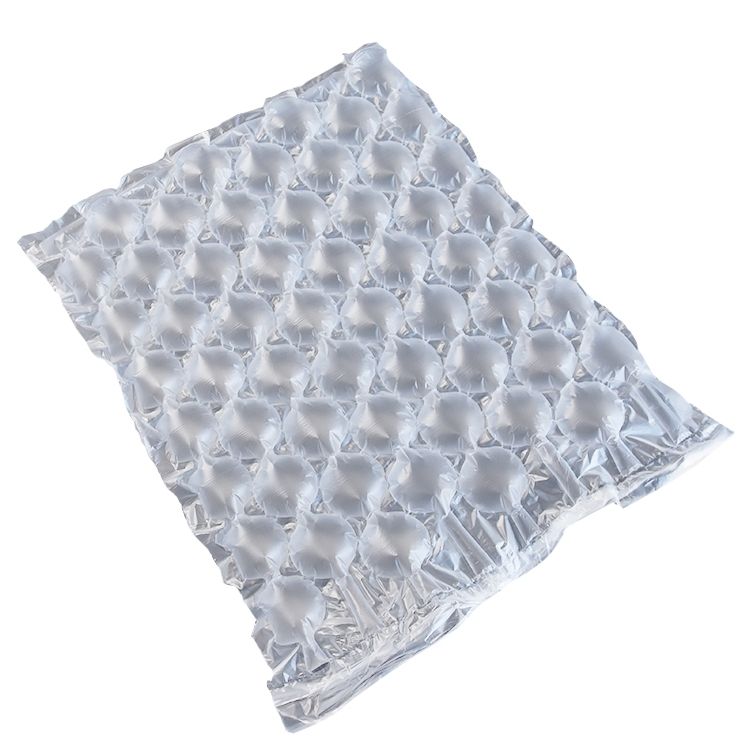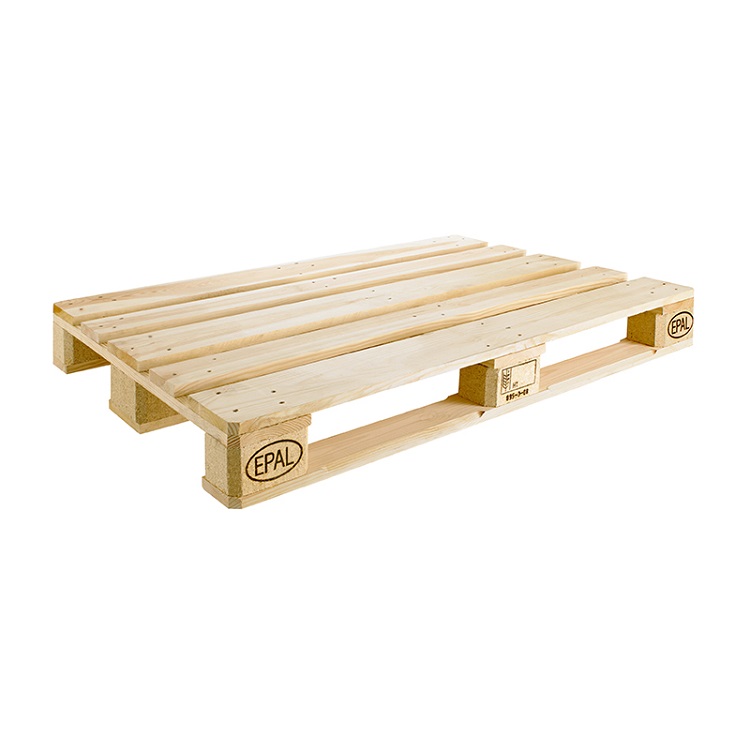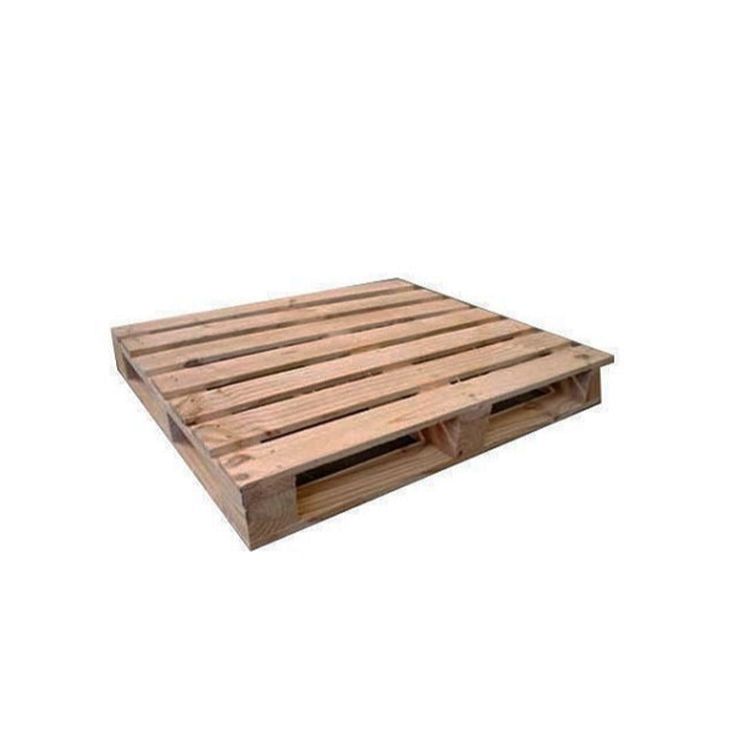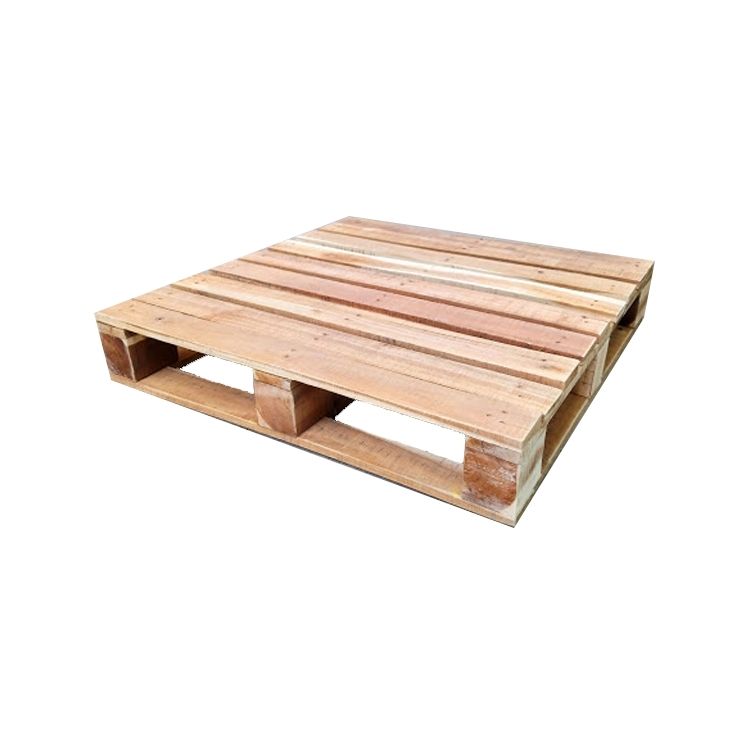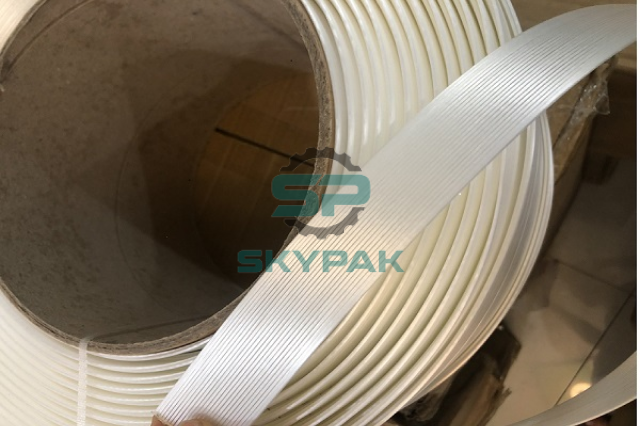
Vibrations and collisions very often occur due to road conditions during cargo transportation. Therefore, when transporting especially expensive machinery products or parts or equipment, it is important to ensure that these goods are securely fastened so that they are not damaged during transit. One of the most popular load insertion tools today is composite straps. To learn more about the structure of composite straps, continue reading the following article.
What is composite strapping?
Composite strapping is the latest development in strapping technology. This is a kind of material to fix the package and is used to prevent goods in trucks, containers, and ships from moving and falling during transportation. The composite strap is a safe choice for those inexperienced with using or removing the strap as it does not jerk when cut. These are very special straps, they are light, flexible, have no sharp edges, and are known as belts with the same strength as steel straps and as tough as plastic straps. This also makes it an alternative to expensive and highly sought-after multi-way belts in the world transport market.
Main features of composite straps
Composite straps have a flexible structure. Composite strapping straps are made from composite materials, with an opaque white color. Composite materials include the main components are reinforced materials from glass fiber, carbon fiber, and ceramic fiber. The above 3 components help the composite strapping belt to possess important physical and mechanical characteristics such as strength and stiffness.
The outside of the belt is coated with a PP (Polypropylene) layer that makes the composite belt resistant to most harsh environments, and durable to all weather conditions such as chemical solvents, acids, sunlight, and moisture. … Composite straps can withstand heat from -30 degrees to 80 degrees. They are used to ensure that the reinforcing elements inside the composite are bonded together to create a monolithic and unified composite belt.
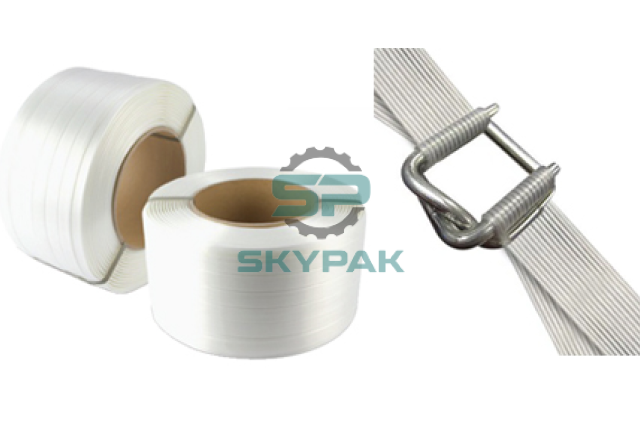
The parallel single polyester threads in the straps allow them to be strong, and impact-absorbing. The composite belt has high elastic properties, thus allowing it to easily return to its original shape after stretching during shaking. In addition, this product is also very recyclable and environmentally friendly.
In addition, the composite strapping is also certified by TUV Rheinland, which is an independent certification organization that tests for magic and safety. This certification means that the product is of extremely good quality, and trusted worldwide.
Fixing goods with composite straps does not damage the surface of the pallets and does not leave any stains on the product. Composite straps are not as sharp as steel straps. Hence they do not even require gloves when strapping.
The supporting accessories that come with the composite strapping in the packing operation are the wire buckle (also known as the belt buckle) and the belt tensioner. Steel buckles usually have 5 types corresponding to 5 different belt sizes, including:
- 13mm steel bar: Corresponds to the composite belt with a thickness of 13mm.
- 16mm steel bar Corresponds to the composite belt with a thickness of 16mm.
- 19mm steel bar: Corresponds to the composite belt with a thickness of 19mm.
- 25mm steel mandrel: Corresponds to the composite belt with a thickness of 25mm
- 32mm steel bar: Corresponds to the composite belt with a thickness of 32mm

